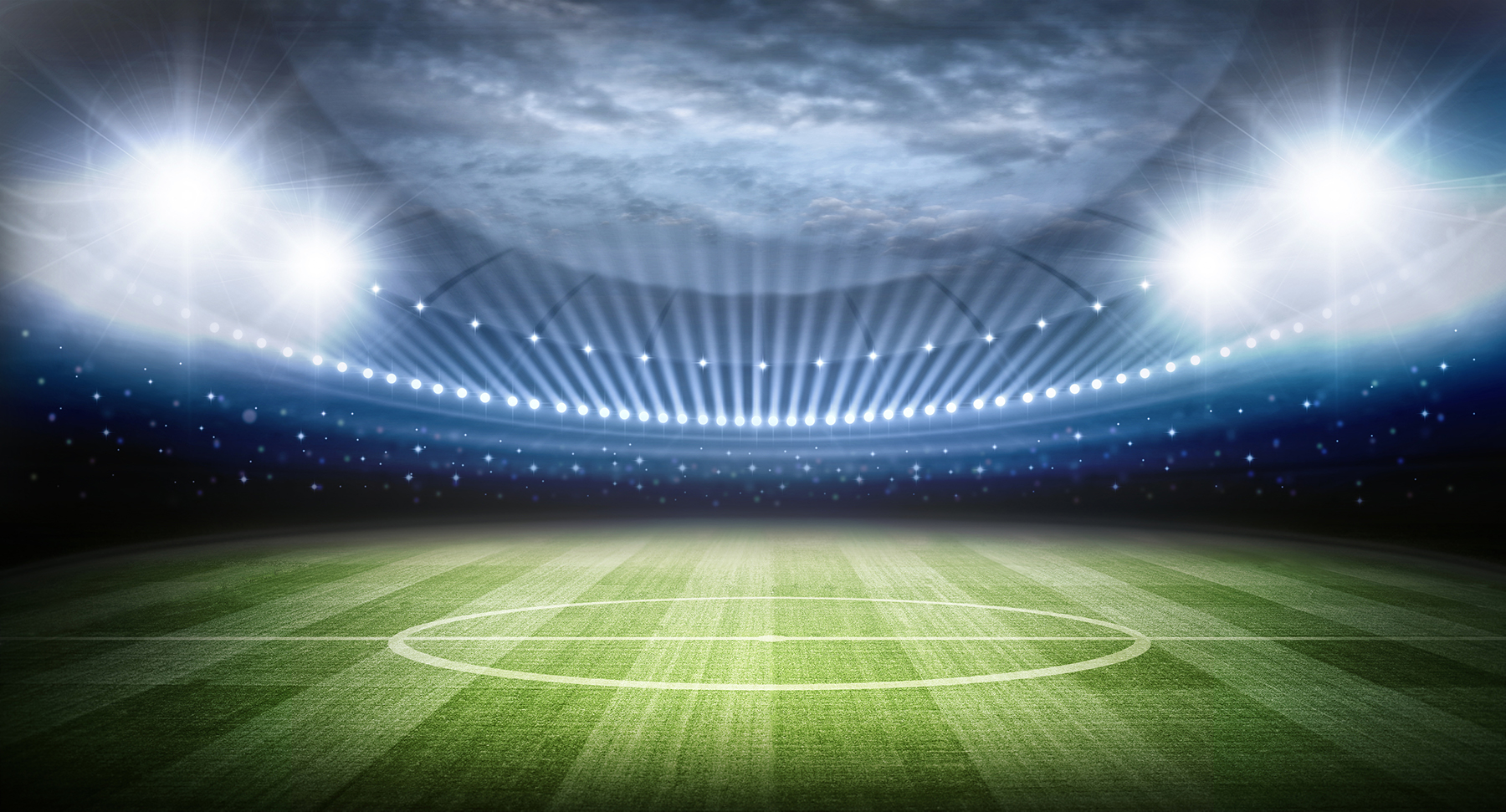Active Learning of Ordinal Embeddings: A User Study on Football Data
Christoffer Loeffler, Kion Fallah, Stefano Fenu, Dario Zanca, Bjoern Eskofier, Christopher John Rozell, Christopher Mutschler
In: Transactions on Machine Learning Research 2023
Humans innately measure distance between instances in an unlabeled dataset using an unknown similarity function. Distance metrics can only serve as proxy for similarity in information retrieval of similar instances. Learning a good similarity function from human annotations improves the quality of retrievals. This work uses deep metric learning to learn these user-defined similarity functions from few annotations for a large football trajectory dataset. We adapt an entropy-based active learning method with recent work from triplet mining to collect easy-to-answer but still informative annotations from human participants and use them to train a deep convolutional network that generalizes to unseen samples. Our user study shows that our approach improves the quality of the information retrieval compared to a previous deep metric learning approach that relies on a Siamese network. Specifically, we shed light on the strengths and weaknesses of passive sampling heuristics and active learners alike by analyzing the participants' response efficacy. To this end, we collect accuracy, algorithmic time complexity, the participants' fatigue and time-to-response, qualitative self-assessment and statements, as well as the effects of mixed-expertise annotators and their consistency on model performance and transfer-learning.
Identify Game Tactics in Soccer by Clustering Positional Data
Dr.-Ing. Robert Marzilger
In: medium.com 2023
A data scientist’s perspective to identify game tactics in soccer using a neural compression technique for fast clustering.
Searching for Soccer Scenes using Siamese Neural Networks
Luca Reeb
In: Towards Data Science 2022
We have access to a large soccer database, containing a seasons worth of tracking-data, i.e. player trajectories, game statistics and expert-annotated events like pass or shot at goal from the German Bundesliga. While events allow you to find set-pieces like corner-kicks, the results are coarsely grained in that they do not consider how the players acted during the event. Also, some situations of potential interest, like counter attack, are not represented by an event. To enable fine-grained analysis of soccer matches, player movement (i.e. tracking-data) has to be considered.
Deep Siamese Metric Learning: A Highly Scalable Approach to Searching Unordered Sets of Trajectories
Löffler, C., Reeb, L., Dzibela, D., Marzilger, R., Witt, N., Eskofier, B. M., & Mutschler, C.
In: ACM Journal 2021
This work proposes metric learning for fast similarity-based scene retrieval of unstructured ensembles of trajectory data from large databases. We present a novel representation learning approach using Siamese Metric Learning that approximates a distance preserving low-dimensional representation and that learns to estimate reasonable solutions to the assignment problem. To this end, we employ a Temporal Convolutional Network architecture that we extend with a gating mechanism to enable learning from sparse data, leading to solutions to the assignment problem exhibiting varying degrees of sparsity.
Our experimental results on professional soccer tracking data provides insights on learned features and embeddings, as well as on generalization, sensitivity, and network architectural considerations. Our low approximation errors for learned representations and the interactive performance with retrieval times several magnitudes smaller shows that we outperform previous state of the art.
Effiziente Suche und Bewertung von Szenen in Spielsportarten
Reeb, L., Dzibela, D., Marzilger, R., & Witt, N.
In: spinfortec digital 2020
Durch tiefe neuronale Netze, sowie klassische Verfahren des maschinellen Lernens soll die Suche nach Szenen in Trackingdaten stark beschleunigt werden. Des Weiteren ist geplant, alternative/bessere Lösungen einer Spielsituation durch verstärkendes Lernen vorzuschlagen
IALE: Imitating Active Learner Ensembles.
Löffler, C., & Mutschler, C. (2022).
In: Vortrag NeurIPS New Orleans (2022)
Sports Scene Searching, Rating & Solving using AI.
Marzilger, R., Hirn, F., Alvarez R.A. & Witt, N. (2022).
https://nbn-resolving.org/urn:nbn:de:bsz:ch1-qucosa2-807718
In: Krumm, D., Schwanitz, S., & Odenwald, S. (2022). spinfortec2022 : Tagungsband zum 14. Symposium der Sektion Sportinformatik und Sporttechnologie der Deutschen Vereinigung für Sportwissenschaft (dvs) Chemnitz 29. - 30. September 2022.
IALE: Imitating Active Learner Ensembles.
Löffler, C., & Mutschler, C. (2022).
http://jmlr.org/papers/v23/21-0387.html
In: Journal of Machine Learning Research, 23(107), 1–29.
Don’t Get Me Wrong: How to apply Deep Visual Interpretations to Time Series.
Loeffler, C., Lai, W.-C., Eskofier, B., Zanca, D., Schmidt, L., & Mutschler, C. (2022).
https://doi.org/10.48550/ARXIV.2203.07861
In: arxiv.org
Active Learning of Ordinal Embeddings: A User Study on Football Data.
Loeffler, C., Fallah, K., Fenu, S., Zanca, D., Eskofier, B., Rozell, C. J., & Mutschler, C. (2022).
https://doi.org/10.48550/ARXIV.2207.12710
In: arxiv.org

